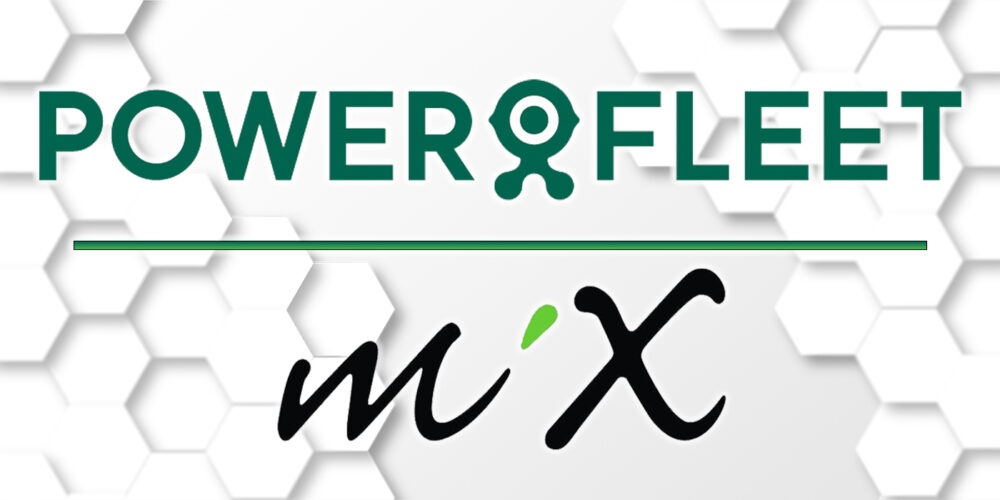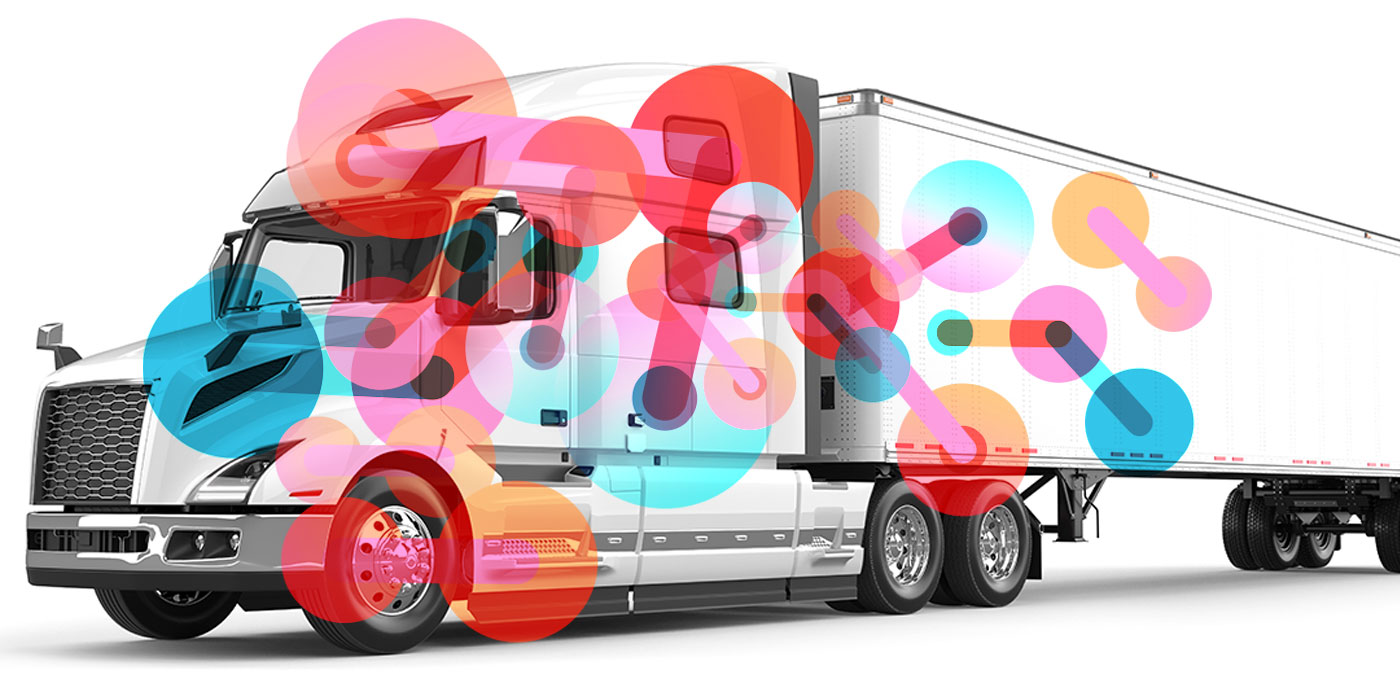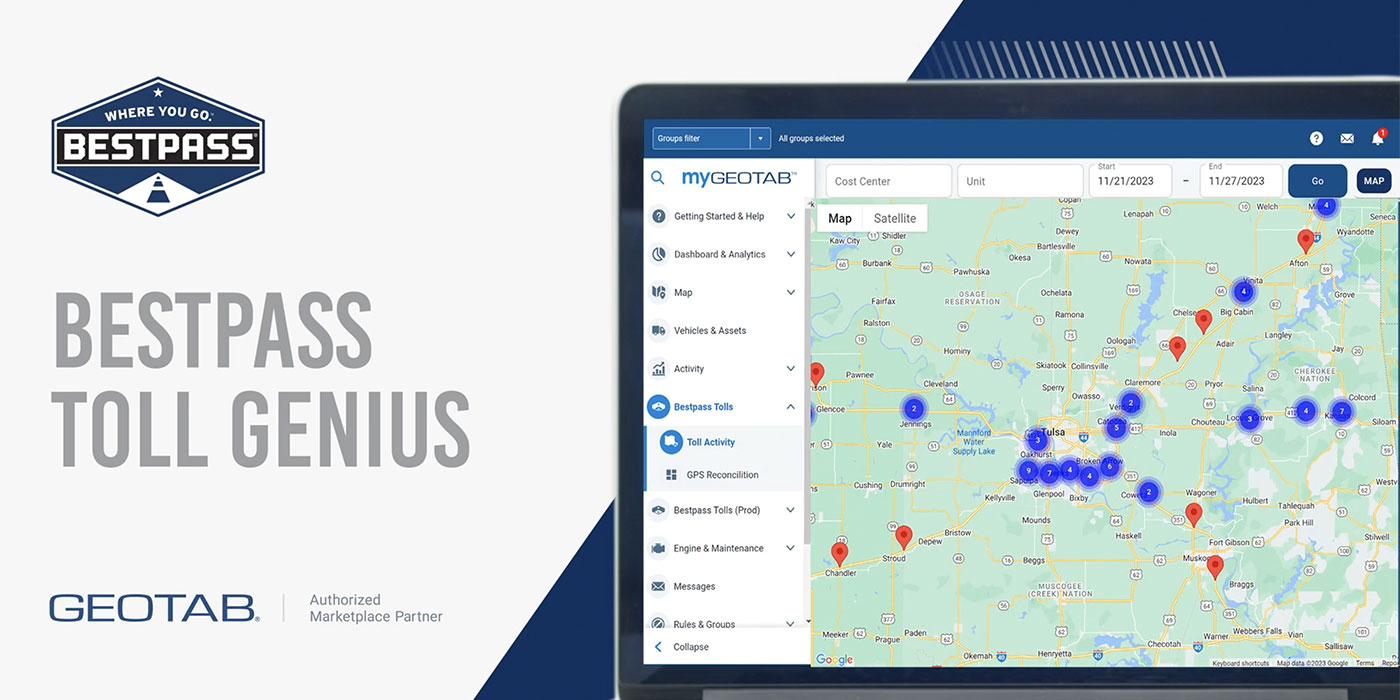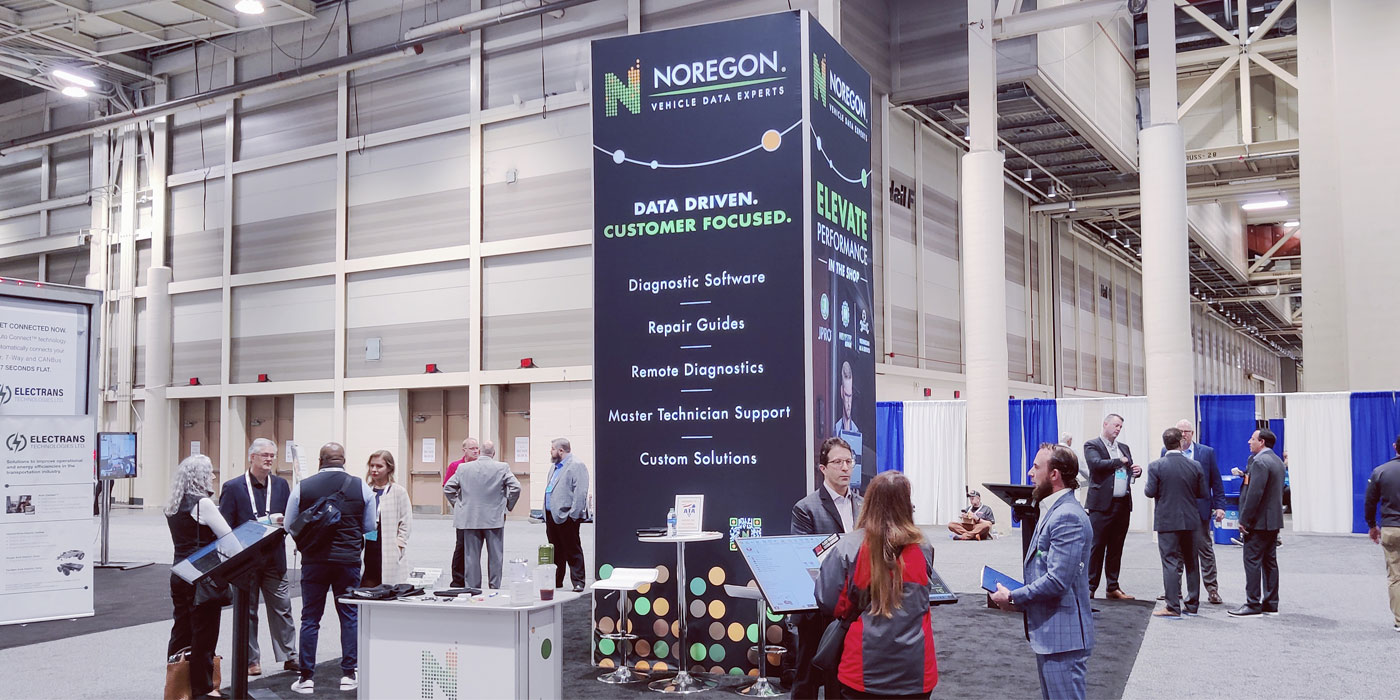Got you covered
The use of 3G or 4G LTE has more to do with the coverage (the size of the service area) and the data bandwidth capabilities. Most telematics systems are relatively low bandwidth users and can thrive on the 3G network, explained Paresh Nagda, chief technology officer and vice president of product management with Teletrac Navman.
“With the proliferation of smart phones and streaming to mobile devices, a greater demand for 4G LTE will cause network providers to expand their networks to accommodate it,” he said. “When more attention is given to 4G LTE it’s likely to reduce the coverage of a 3G network. This is not to say that one should only consider 4G LTE; remember that the user will be sharing the network with all those other users when they probably don’t need the extra bandwidth. For now, 3G should be adequate for most telematics systems.”
Nagda went on to recommend that fleet managers ask about the demands their telematics system puts on the wireless network to evaluate the need for 4G LTE. If the telematics system has features requiring data streaming services or transfer of very high data content, then the telematics system should have aggressive plans to migrate to 4G LTE.
That is a question that’s going to become more important as fleets move beyond the basic reporting and dashboards to centralized data warehouses and business intelligence tools that give employees greater capabilities for self-serve analysis and data discovery, according to Tom Fansler, executive vice president of product with PeopleNet and president of Vusion.
“Today, in the age of the Internet of Things [IoT], telematics systems have become central data hubs that allow fleets the opportunity to connect new devices and systems to their telematics and TMS systems,” Fansler said. “The opportunities to elevate safety, and improve operational efficiencies further in areas such as, tire pressure monitoring, fatigue management, video, and driver fitness are nearly limitless. Additionally, the integration of these systems and data sets is spawning new analytics-based products that predict events before they happen and prescribe recommended actions.”
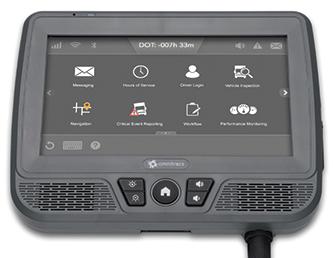 “Ubiquitous telematics with built-in OEM telematics solutions, camera/vision solutions, and our movement toward autonomous vehicles are macro-level trends affecting mobile enterprises today,” said Kelly Frey, vice president of product marketing for Telogis, a Verizon company, which currently supports 11 OEM built-in solutions with more coming every quarter. “It’s not hard to imagine a future where every vehicle manufactured will come with factory installed telematics including 4G hotspot capability. Vehicle-mounted cameras and vision systems can provide real-time alerts to a driver who is at risk of a collision or rollover or verify an acceptable hard braking event due to a possible collision. Mobile devices carried by drivers can be used to verify that a proper vehicle inspection has been conducted, or the temperature of a load when it is delivered.”
“Ubiquitous telematics with built-in OEM telematics solutions, camera/vision solutions, and our movement toward autonomous vehicles are macro-level trends affecting mobile enterprises today,” said Kelly Frey, vice president of product marketing for Telogis, a Verizon company, which currently supports 11 OEM built-in solutions with more coming every quarter. “It’s not hard to imagine a future where every vehicle manufactured will come with factory installed telematics including 4G hotspot capability. Vehicle-mounted cameras and vision systems can provide real-time alerts to a driver who is at risk of a collision or rollover or verify an acceptable hard braking event due to a possible collision. Mobile devices carried by drivers can be used to verify that a proper vehicle inspection has been conducted, or the temperature of a load when it is delivered.”
All of that data and communication demands a robust cellular network. The demands for bandwidth are ever increasing in the trucking industry, just with the mobile device industry. However, it’s important to keep your application in mind.
RELATED: The realities, possibilities and dangers of trucking’s datafication
“This does not mean that every solution needs a satellite connection, but it does mean that fleets should understand their specific needs especially around coverage requirements,” said Michael Riemer, vice president of product and channel marketing for Decisiv Inc. “Pricing is getting more and more competitive, especially if you as the fleet provide your employees smartphones as well—buying big buckets of airtime can result in steep discounts.”
Right-sizing a telematics service for your fleet starts with asking what you will need the system to provide at a minimum. “Before you begin negotiating with a fleet management company, do your homework on the items that must be included in the agreement,” Teletrac Navman’s Nagda recommended. “The ultimate goal of the service agreement is to reduce costs and increase service levels, and make day-to-day operations less stressful. Reviewing the capabilities of potential suppliers is a step that, when taken early in the process, can help fleets better assess what they are looking for.”
“Many fleets are using the 4G migration imperative as an opportunity to upgrade from a track-and-trace solution to a mobile resource management platform that allows them to get into things like mobile apps and routing optimization that they were not able to take advantage of before,” Telogis’ Frey said. “I would encourage any company that has not yet migrated to a 4G network to look for a provider that can provide the broadest platform of solutions, including the integration of video capabilities that will not paint them into any technological corners in the future.”
Future-proofing
The rapid development of technology solutions parallels the evolution of truck equipment that has impacted your fleet’s equipment cycles. Just as the latest integrated powertrains are that much more efficient than your 2014 model year trucks, tomorrow’s telematics solutions will provide even more actionable data points and analysis. The biggest difference is that you don’t have your own cellular network to keep your technology solutions running like you do maintenance service centers to keep your trucks rolling down the road. Keep that in mind as you shop around.
“The IoT has definitely shifted the way fleets use telematics today and will use telematics into the future,” Telogis’ Frey said. “The best examples of IoT usage in the fleet management arena today is connected IoT assets such as refrigerated trailers, tire pressure monitoring systems [TPMS], vehicle-mounted camera/vision systems and mobile devices, to name a few. Trailer-mounted sensors that can detect temperature, cargo, weight, etc., can provide context to vehicle telematics data such as fuel efficiency, work verification and service failures.
“The application of IoT devices and camera/vision solutions are nearly limitless and will be critical as we march towards vehicle-to-vehicle [V2V] and vehicle-to-infrastructure [V2I] communication and ultimately autonomous vehicles in the not too distant future,” Frey concluded.






